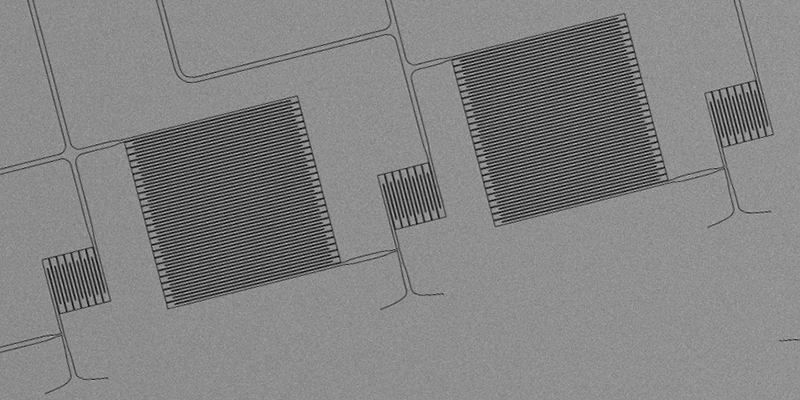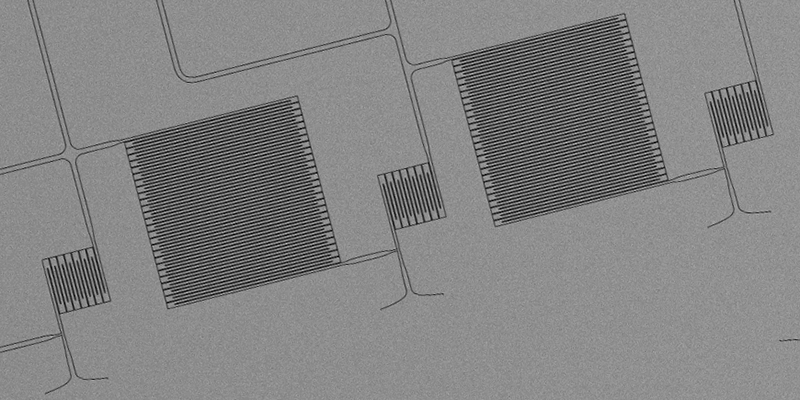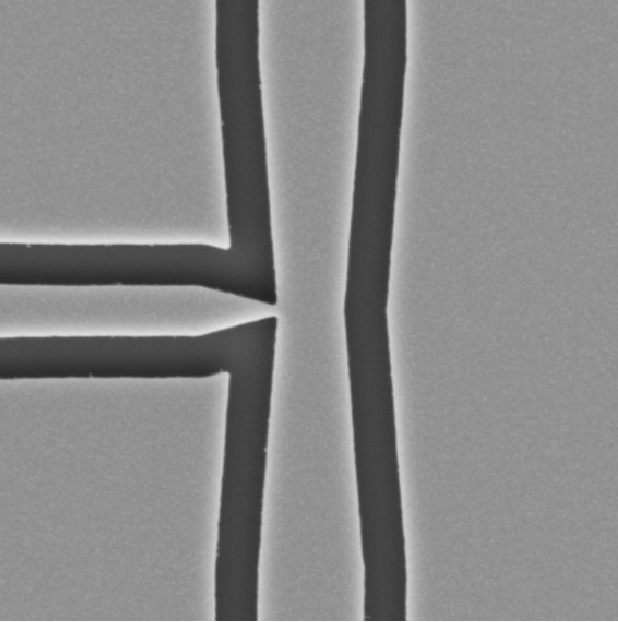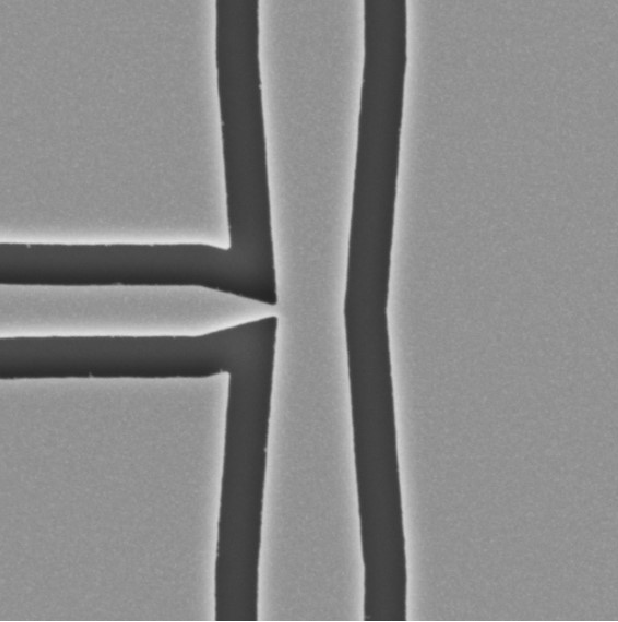Superconducting Nanowires Enable Cooler Photon-Counting Electronics
Single-photon detectors built from superconducting nanowires have become a vital tool for quantum information processing, while their superior speed and sensitivity have made them an appealing option for low-light imaging applications such as space exploration and biophotonics. However, it has proved difficult to build high-resolution cameras from these devices because the cryogenically cooled detectors must be connected to readout electronics operating at room temperature. Now a research team led by Karl Berggren at the Massachusetts Institute of Technology has demonstrated a superconducting electronics platform that can process the single-photon signals at ultracold temperatures, providing a scalable pathway for building megapixel imaging arrays [1].
The key problem with designing high-resolution cameras based on these superconducting detectors is that each of the sensors requires a dedicated readout wire to record the single-photon signals, which adds complexity and heat load to the cryogenic system. Researchers have explored various multiplexing techniques to reduce the number of connections to individual detectors, yielding imaging arrays in the kilopixel range, but further scaling will likely require a signal-processing solution that can operate at ultralow temperatures.
Berggren and his collaborators believe that the answer lies in devices called nanocryotrons (nTrons), which are three-terminal structures made from superconducting nanowires, just like the single-photon detectors are. Although nTrons do not deliver the same speed and power of superconducting electronics based on Josephson junctions, the researchers argue that these shortcomings are not a critical problem in photon-sensing applications, where the detectors are similarly limited in speed and power. The nTrons also offer several advantages over Josephson junctions: they operate over a wider range of cryogenic temperatures, they don’t require magnetic shielding, and they exploit the same fabrication process as that used for the detectors, allowing for easy on-chip integration.
Berggren and his colleagues have previously used nTrons to demonstrate logic gates, encoders, and memory cells, and they have directly coupled nTrons to single-photon detectors and Josephson junctions to preamplify the signal. In these new experiments, the team configured multiple nTrons into circuits that operate as a superconducting version of a ripple counter, a common design for recording detection events in imaging applications. In contrast to the purely binary (base-2) operation of conventional digital electronics, each stage of the superconducting circuit stores a single digit, which can be in a base greater than 2. This ability to count in higher number bases can increase the maximum number of photons that can be counted without needing to add extra stages to the circuit.
The experiments show that a single stage of the superconducting counter can reliably detect signal pulses when operating in bases up to 5, while a multistage circuit supports double-digit counting in bases 2 or 3 at pulse rates of up to 107 per second. When the two-digit ripple counter was coupled to a single-photon detector, the partially integrated system achieved accurate photon counting at wavelengths of both 405 and 1550 nm. The team also simulated a circuit architecture that allows all the digits to be read out at the same time, a common requirement for imaging applications that record the number of photons within a given time window.
Building on these results, Berggren and his colleagues propose a readout scheme for realizing a megapixel detector array. In this case, each photon sensor would be connected to a three-digit counter operating in base 6, enabling each pixel to capture up to 215 single photons before the counter turns over to zero. Such a detector array would in principle be able to record up to 1012 photons per second while also keeping the power consumption low enough to enable cooling by a cryostat operating at 4 K.
“This study has shown that nTrons can serve as fundamental components in a superconducting platform capable of performing tasks typically handled by digital electronics,” says Simone Frasca, a researcher at the Swiss Federal Institute of Technology in Lausanne (EPFL) who has prior experience with developing single-photon detectors for space imaging. He adds that the work is a significant step forward in the field, “showcasing the practical applications of nTron technology and potentially revolutionizing how we approach cryogenic electronic systems.”
Further work is now needed to transform this proof of concept into a practical design, which, among other developments, will require an improved fabrication process to reduce the size of the pixels and enhance the detection efficiency. Berggren says that this effort could benefit not only multipixel imaging arrays but also other applications that require low-temperature signal processing. “The broader goal of this work is to show that a digital architecture entirely based on nanocryotrons may be possible and advantageous for scaling up superconducting systems,” he says.
–Susan Curtis
Susan Curtis is a freelance science writer based in Bristol, UK.
References
- M. Castellani et al., “Nanocryotron ripple counter integrated with a superconducting nanowire single-photon detector for megapixel arrays,” Phys. Rev. Appl. 22, 024020 (2024).







